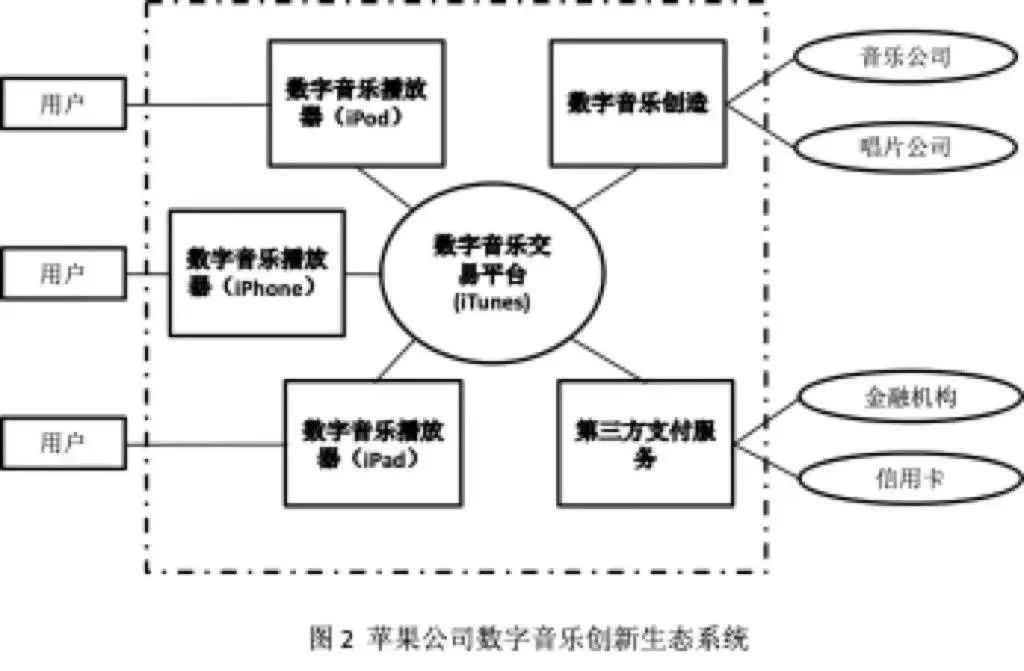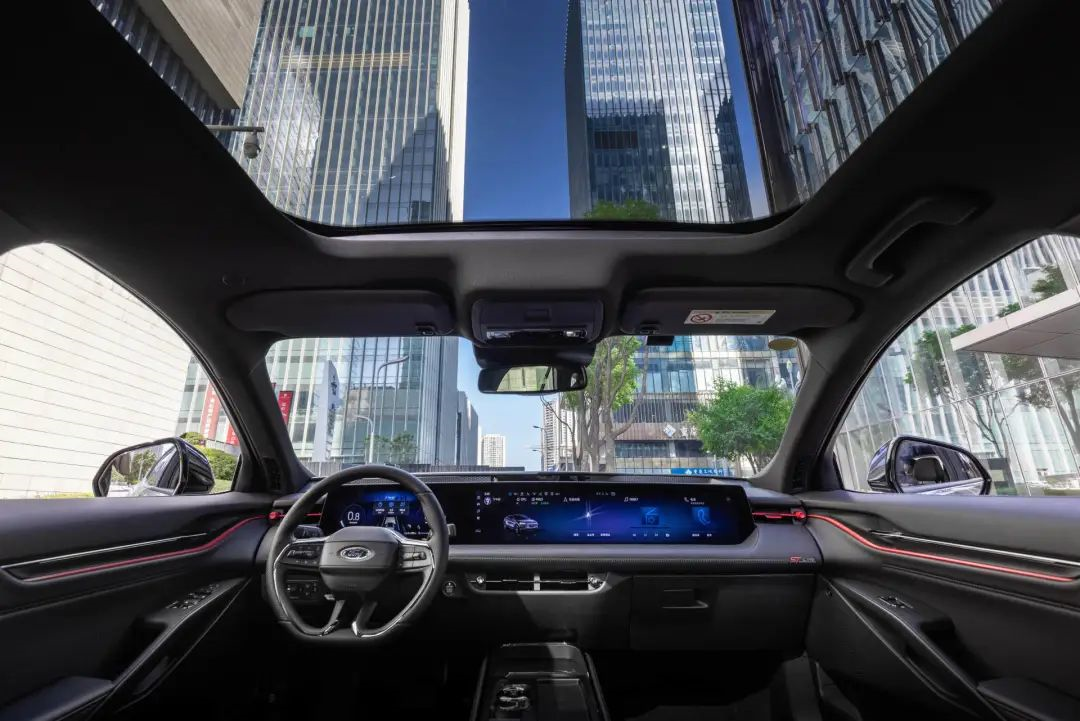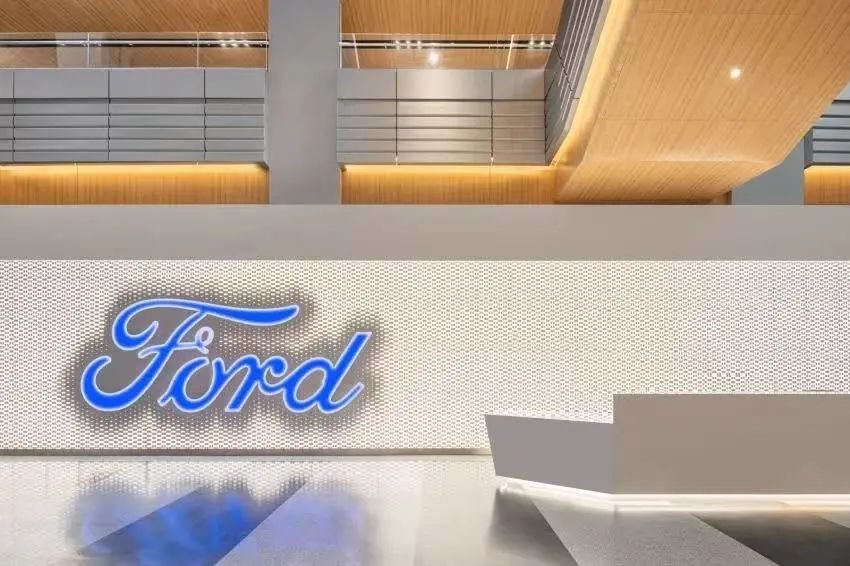Markdown Text in English
Author | Zheng Wen
Editor | Zhou Changxian
Since being activated by the “new four modernizations”, the automotive industry’s city wall has been broken into by outsiders who want a share of the pie, while insiders want to break through the door and step into other industries.
Several years have passed and the “siege theory” appears to have fallen into a new thinking trap. The first difficult stage of transformation is the most directly felt by consumers, the intelligent cockpit of the car.
In the driving scenario, the driver’s line of sight and hands are occupied by driving tasks, and in the human-vehicle interaction system, the driver’s core attention is occupied by the act of driving. Therefore, the interaction between the driver and the vehicle system needs to be very precise and of high quality. This requires the cockpit’s vehicle system to have very high active interaction capabilities. This is not an easy problem.
Recently, at the Ford China Digital Experience Day at the “Focheng Valley” in Shanghai, the core topic was about where the future competition points of the car’s intelligent cockpit are. “Travel 100-People Conference/AutocarMax” has a more profound understanding of this.
It is not a matter of crossing inside or outside but of erecting a wall and building an ecosystem.
What should be the product form of the intelligent cockpit?
Let’s start with an example. App Store’s charging model has long been criticized. The European Union has launched an anti-monopoly investigation into it, and some companies have chosen to sue Apple. But all of this does not prevent consumers from choosing Apple products.
In the case of Apple and Epic Games, App Store is described as “part of the iPhone, not a form of aftermarket service or public market. Users knew this when they bought the iPhone, and this is also an important reason why users bought the iPhone.”
This view is enough to prove Apple’s understanding of its business, making the best products and building peripheral facilities around the products to accelerate the maturity of the ecosystem. The strong linkage between a powerful product and the ecosystem makes it difficult for consumers to break the habit.

The iTunes platform based on iPhone and iPod products is also the same, connecting record companies, music creation companies, credit card and payment companies, and other customers to form a huge ecosystem. Apple doesn’t have to worry about how many products its competitors will release or how many product launches they will hold.
This is also the reason why Apple has thought about opening up its ecosystem in the past but has never implemented it. In long-term practice, Apple found that a closed ecosystem has tremendous competitiveness.# Buffett invested heavily in Apple, a consumer product manufacturer, as he believes the company has crossed the ups and downs of the tech industry cycle, despite never investing in tech companies before.
During the Ford China digital experience day roundtable discussion, the case was explored. Yang Yi, product manager of Ford China’s intelligent network and digital experience, directly pointed out the core of this classic case: “Mac promotes many core capabilities, and these core capabilities have synergistic effects. These synergistic effects create user stickiness and binding, so when Mac users switch back to Windows systems, they face a huge bottleneck. This is a core difference that is insoluble, and the industry calls it the ‘Apple wall.'”
As a practitioner studying digital experience in the automotive industry, who isn’t envious of this erected wall? As Ford China’s senior manager for intelligent network and digital experience innovation design, Meng Xia, said, “Why can’t you feel the intelligence of a smart car? It’s because the experience hasn’t been done correctly. Just like the previous Ford cars, with technologies like automatic start-stop and automatic high beams, the experience wasn’t good enough. The hardware buttons were there, but I didn’t know their purpose and never turned them on, so I didn’t experience their functions. The perceived value of these technologies is weak.”
In the process of continuous exploration, Ford has already grasped the key to intelligent cockpit design. Yang Yi pointed out that to solve the problem of weak intelligence perception, we need to solve the problem of linkage.
“When users get in the car, it’s not a single function experience, but an emphasis on the cohesiveness between software. If we look at it as a system, every independent function is good, but all scenes are wandering in the linkage process. We need to stay on the same page in terms of the hardware pathway of technology while also considering how to quickly enhance product experience linkage.”
In fact, this user-driven car machine development thinking mode and scene-driven are related. Based on the characteristics of user groups, creating smooth usage scenarios to avoid redundant functions is undoubtedly the best way, avoiding falling into the void of demand imagination while also avoiding the development inertia of engineering thinking.
Ford China’s vice president of intelligent network and digital experience, Fang Yuliang, said, “In addition to collecting product feedback from Ford car owners, our customer-centric design also uses IBM’s design thinking methodology from a few years ago, and we must have customer participation. Customer feedback is already integrated into the entire process.
It is said that at the beginning of the EVOS project, Ford China’s President and CEO, Chen Anning, repeatedly urged the team to “focus on user experience and build our cars based on user usage scenarios.”
In fact, there are also some problems in the software and hardware linkage of EVOS after it’s launched, including the inability to achieve precise switching of windows and electric tailgates through voice.
Meng Xia said that after EVOS was launched, the team did a lot of evaluations, looking at the smoothness of user experience by analyzing eye movement data (the visual behavior of drivers when reading display information in the vehicle) and all the backend data, and also studying the time spent to complete a task and the learning curve.
“We know there is a lot of room for improvement. In the second half of last year, we started thinking about how to iterate the overall interaction experience to make it simpler and more intuitive.”
The implication of these words is that even if you master all the component technologies, these technologies are only isolated islands if you fail to understand the future product form of automobiles.
Technology serves the end product form, and the product form of future automobiles is neither the car plus software as perceived by Detroit nor is it a computer plus wheels as viewed by Silicon Valley. Ecologization should be the revolution of automotive product forms, which refers to the core product plus the software ecosystem surrounding it, as mentioned in the case above.
If you don’t understand this logic, what is the point of competing “product ecosystem” against “product”? This is also the direction for automakers to build software talent teams, while also straightening the boundaries between OEMs and suppliers.
The strategy during the product subversion period must always be based on the product form of the future – thinking about intelligent ecological product development and constructing future technology and capability systems. At this time, the most fearful thing is to think only about technology trends.
It must be pointed out that while ecology is important, the prerequisite and foundation must be the core product and platform products. Without these two points, ecology is just construct in the air that will fall apart with a single blow.

Ford’s latest achievement is the Ford Digital Life Pod, which is mainly divided into five themes: gathering space, mobile workstation, music creation studio, adventure partner, and esports center.
Each theme corresponds to different crowds. For example, in the “adventure partner” scenario, the new car will have slots for commonly used electronic equipment (such as drones, Go-Pros, etc.) for users to insert and charge, eliminating the worries of charging. Digital equipment is interconnected with the car system, and users can control drones or start the Go-Pro to capture the scenery along the way through voice control at the central control panel.In the “eSports Center” scenario, when the vehicle is waiting for a long time or charging, the car can recommend games of different lengths based on the number of people in the car and the scene, and create an immersive gaming experience by closing the windows and adjusting the ambient lights. The car system can also adapt to external gaming equipment to meet different user needs.
Such a product form conforms to the cockpit developed based on the “user-driven scenario” thinking.
Efficiency is the Key
Since the launch of Ford China 2.0 plan in 2019, Ford has gradually expanded its application of intelligent technology. In April 2019, SYNC+ system was applied to most domestic Ford and Lincoln models, supporting high-definition touch screens of 12 inches or more according to different models. By the end of the year, all models realized online connectivity.
In 2021, with the launch of the domestic versions of EVOS and Mustang Mach-E, SYNC+ system was upgraded to the second generation. SYNC+ 2.0 integrated with the Qualcomm Snapdragon 820A vehicle processor, which is currently mainstream in the industry. The EVOS intelligent cockpit, centered on a 1.1-meter ultra-wide screen, supports multi-touch, AI voice recognition, gesture control, and facial recognition, and supports cooperative driving between the main and co-pilot, enhancing driving safety.
In 2022, Ford China plans to build a more open, inclusive, and safe platform based on SYNC+ 2.0 system, providing car owners with a richer digital cockpit experience. On the day of the digital experience, we experienced this system.
After the short simulation experience of the car system upgraded based on the SYNC+2.0 system, one obvious improvement was the “visible and talkable” voice interaction in the full scene.
In the past, the experience of re-wake-up the “smart assistant” during voice interaction with the car system was very unnatural, but in the upgraded SYNC+2.0 system, we did not hear the host re-wake-up “smart assistant” during the entire operation, and the natural feeling of daily interaction without wake-up was very good.
Behind a series of changes around the car system is Ford’s attempt to adjust its architecture to adapt to the Chinese market.
In January 2021, Ford established the Enterprise Connectivity and Digital Experience (ECDX) team, focusing on product innovation, development, and delivery of intelligent cockpit, covering most of Ford and Lincoln models produced in China.Its business scope includes early product research, innovative human-computer interaction design, big data analysis, cloud computing, network security, development, testing and validation of vehicle IVI software and mobile APP, and the development and application of C-V2X vehicle-road collaborative system.
Within a year, the ECDX team tripled in size, expanding rapidly. Is this speed fast enough? In the context of the huge shortage of automotive software talent, it is quite fast, but in terms of the products on the market, it seems not fast enough.
Fang Yuliang said that when Ford cooperates with Internet companies, the pace is always questioned as slow. “In fact, we are already fast. You do agile development, and we also do agile development, but everyone’s agile methods are still somewhat different.”

In fact, it is not only Ford China that is seeking change, but Ford Global is also changing.
On the evening of the experience day, Detroit brought heavy news of Ford’s architectural adjustments: Ford announced the establishment of an independent operating unit for electric and fuel cell vehicles, and entered into full competition with its competitors in the field of electric and fuel vehicle businesses.
Ford Blue will become the main body of the fuel vehicle business, responsible for the profitable growth of the company’s iconic automotive business, continue to optimize costs, and provide world-class vehicle hardware engineering and production support for other business units of Ford Motor Corporation.
Ford Model e will accelerate innovation, launch more industry-breaking electric vehicle products, form economies of scale, and be responsible for the development of software, intelligent networked technology, and services for various business units of Ford Motor.
Ford Blue and Ford Model e operate as independent business units, but they also share some related technologies and practical applications to form economies of scale to promote continuous improvement in operational efficiency. Together with Ford Pro, which was announced earlier to be responsible for commercial vehicle and related service solutions, the three new business units are expected to achieve independent operation and self-sustainability in 2023.
“This is Ford Motor’s once again reimagining the future and proposing our business development path,” said Bill Ford, Executive Chairman of Ford Motor Company. “We are facing an unprecedented opportunity to lead the automotive industry into an exciting era of intelligent networked and electrification.”
In fact, Ford Motor has had some attempts at agile development before, forming some small, task-oriented teams, such as the product development teams of Ford GT, Mustang Mach-E, F-150 Lightning, and Ford China’s electric vehicle business team. It is the success experience of these teams that prompted Ford to form the idea of Ford Model e.Last May, Jim Farley, the president and CEO of Ford Motor Company, announced the Ford + business development plan, which he called an unprecedented opportunity for the company’s business growth and value creation since Henry Ford achieved the mass production of the Model T on an assembly line.
“Our expectation is to once again become a truly great company capable of changing the world through the Ford + plan,” said Jim Farley. “This requires us to be more focused and focused on our business. We will fully develop independent, yet complementary business units that can enable Ford Model e to have the efficiency and speed of a startup, unconstrained innovation, while continuing to allow Ford Blue to leverage the experience and production scale advantages accumulated in the industry.”
He believes that “Ford Model e will be the innovation and business growth core of Ford’s future.”
Meanwhile, Ford China’s thinking and efforts regarding the intelligent cockpit will also become an important force to support the global market.
Chenanning asserted that “the intelligent cockpit represents the development direction of future cars.”
This article is a translation by ChatGPT of a Chinese report from 42HOW. If you have any questions about it, please email bd@42how.com.
